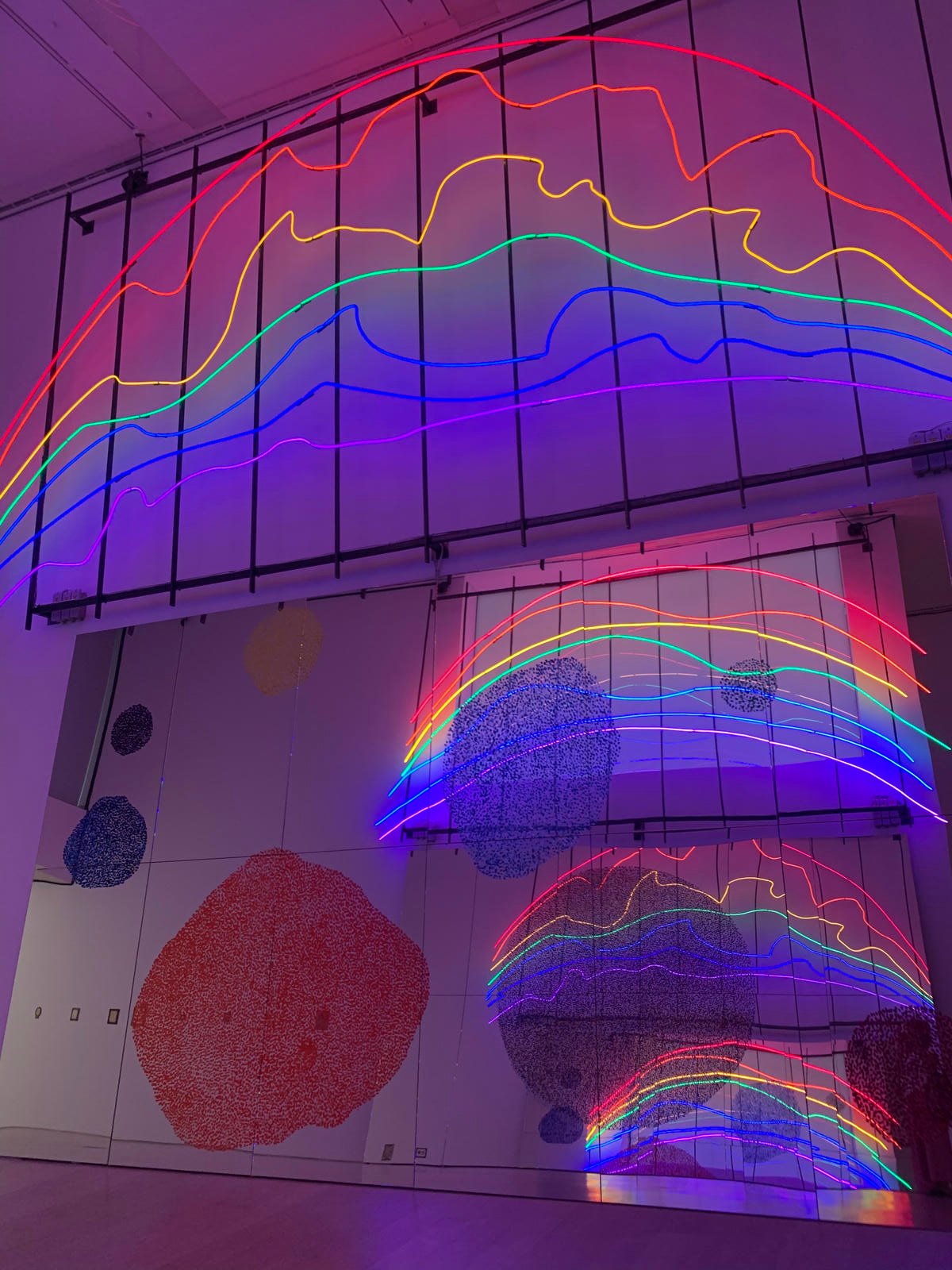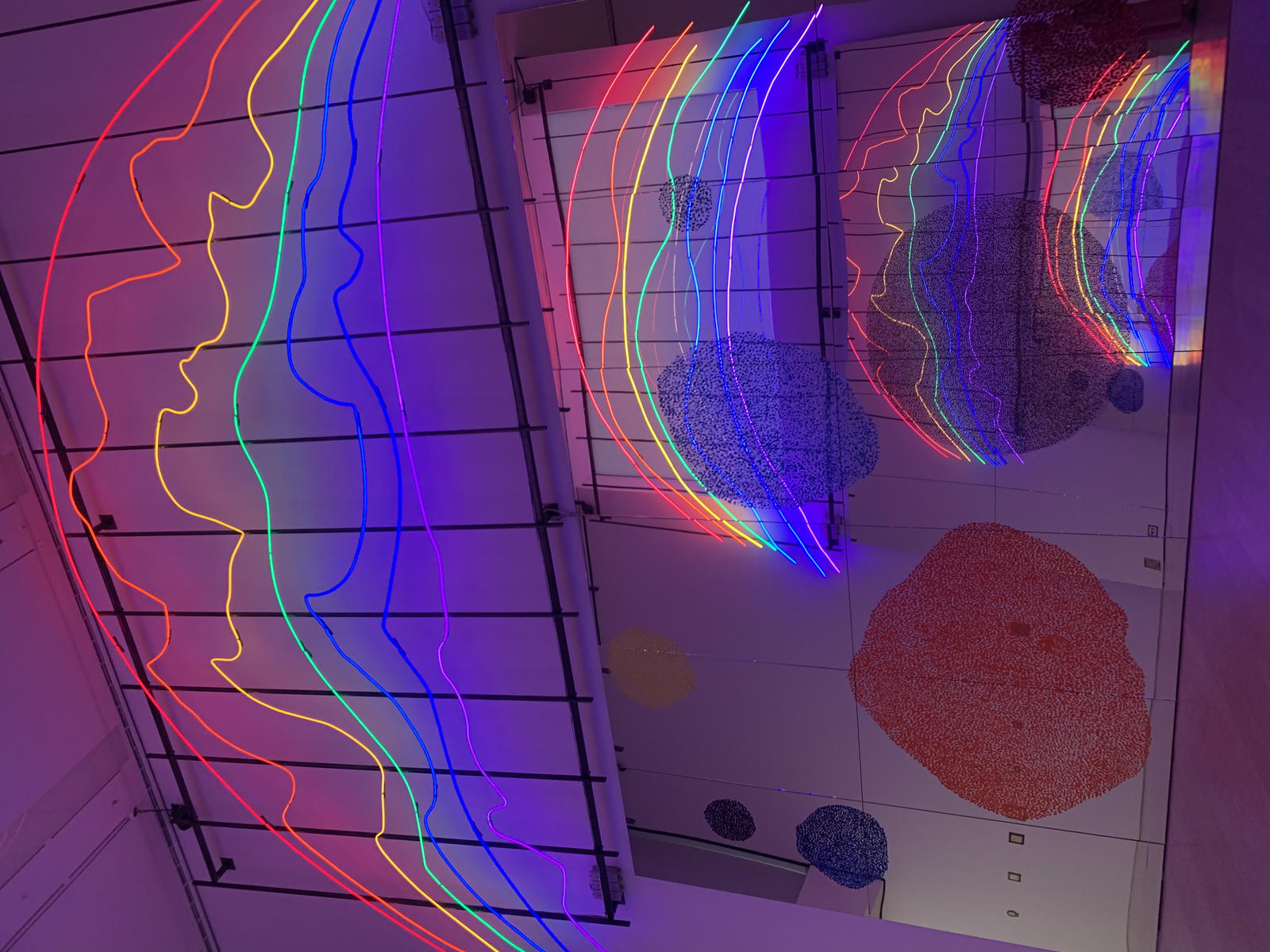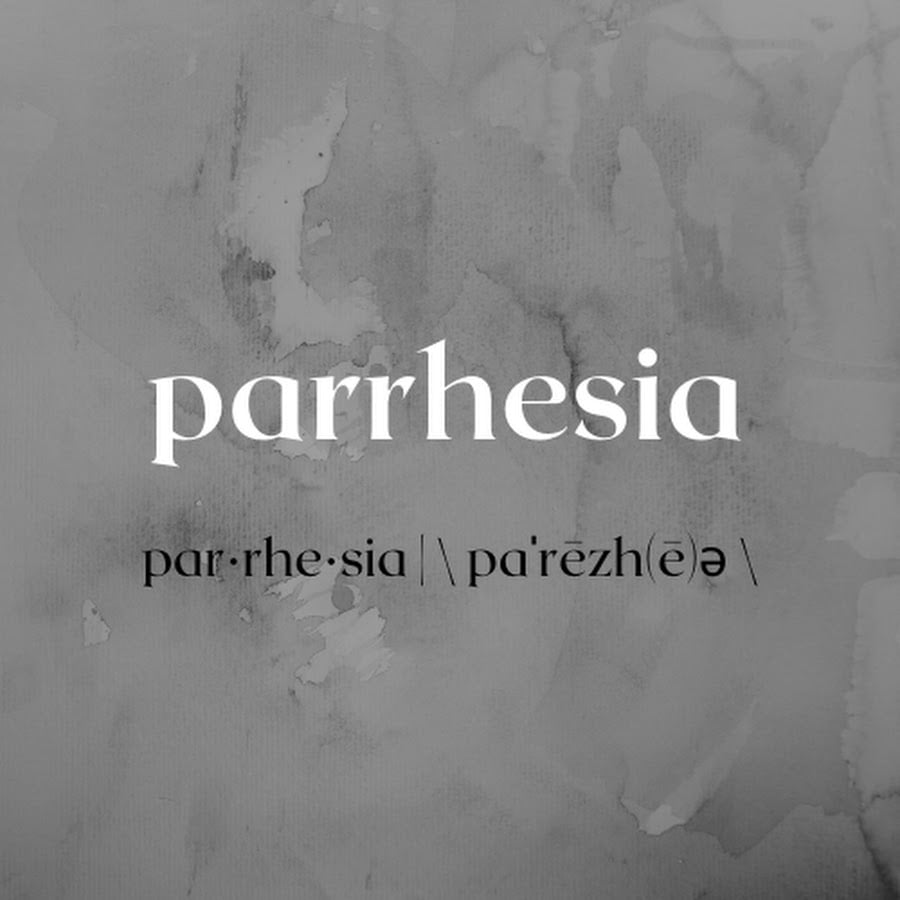“Humanity’s treasure of human suffering is transformed into human’s wealth”


I don't know what can be written under this heading at a time when war and destruction are very much present in our lives. All I know is that last week, when I was trying to cope with my despair, I found myself in the world of Sarkis, whose exhibition is still ongoing at Dolapdere Arter. There is a reason why Sarkis' installations are called 'theatrum mundi' [world theatre]. Sarkis, who has an enormous archive, is an artist who re-stages his old and recent works along with found objects by bringing them together as if they were living beings. He is known for his installations delving into the subject of memory; he collects forgotten stories, memories and pains from the brink of oblivion and brings them to the stage of the exhibition space. The title of this writing belongs to Aby Warburg, an art and cultural historian, who has long inspired the installations of the artist. Sarkis was born and raised in Istanbul and has been living in France since 1964.
For Sarkis, whose grandparents survived 1915 and settled in Istanbul, the first embodiment of the phenomenon of suffering was Munch's 'The Scream', a work we all know quite well. This image, which he encountered on a magazine page when he was only 15 years old, while working in his father's butcher shop, has invited him into a persistent inner journey; in fact, his relationship with this image has even been carried into a book titled 'After 100th Munch' this year. Sarkis has adopted Warburg's philosophy of 'Leidschatz' [the treasure of suffering] and has created art installations after elaborately reflecting on how suffering may serve life. How does suffering become a treasure? Guided by Sarkis’ work, I think the answer could be the following: by making the images that torment our personal and collective memories visible and by making them accessible to more people. One cannot help but wonder: what would have happened, had Sarkis not had an encounter with Munch's work.

The title of Sarkis' exhibition, which opened at Arter on May 4th, 2023 and will continue until February 4th, 2024, is 'Infinite'. While wandering around the world created by Sarkis, I had a chance to perceive what it means to resist despair by indulging into a fusion of sound, light and form that creates a sense of a balm to our souls. It is as if Sarkis is looking at the sufferings of humanity from the seat of infinity and invites the viewer to that seat for a while. In the exhibition space, the viewer is greeted by a wheelchair covered with feathers and black fingerprints transferred onto a mirror. While the wheelchair carries an experience of pain, the feathers on it add a soothing element to that experience. The black fingerprints on the mirror are the fingerprints of the people who have contributed to the installment of the exhibition. This work, which can be seen as a reflection of solidarity, also celebrates the uniqueness of each person. On the right side of the exhibition, we see 'Elle Danse' (1990), which resembles a gigantic angel, hypnotizing the viewer with a flurry of rainbow-coloured clothes. Hanging from a high ceiling, this dress directs the viewer's gaze upwards. The fact that the installations challenge conventional dimensions, allows the viewer to sit in the seat of infinity and look beyond the limitations brought with time, as we know it.
Exhibited in 2015 at the Venice Biennale, the installation titled 'Respiro' finds its place at the center of the exhibition space. In an interview, Sarkis states that he thought for long hours before starting this work and decided that he would plant a field with love for this exhibition; he adds that he should open his arms as much as he can. One imagines arms opening from eternity to the present, the past and the future. In 'Respiro', the seven colours of the rainbow made of neon emit their vibrations. The seven colours of the rainbow are accompanied by a piece of music created by seven-notes, specially composed for this work by Jacopo Baboni-Schilingi. The title of the work ‘Respiro’, which means breathing and blowing in Latin, finds a new meaning in dialogue with other works in this hall for the first time since 2015. The mirrors that carry the fingerprints of seven children, who came together for this exhibition to leave their colorful traces, have also moved to Arter. Standing opposite to each other and maximizing the effect of infinity, the mirrors remind us of the artist's responsibility to carry some possibilities of healing to future generations.
Immersed in Sarkis's world, the negative thoughts that have been circulating in me and couldn’t find any meaning meet with the vibrations of Bach, Shostakovich and Baboni-Schilingi. The feeling of wholeness I experienced in a small period of time begins to diminish the moment I leave the exhibition. The forced displacements, destructions, disappearances that we are witnessing these days can hardly be represented through one word: 'suffering'. What is called human dignity is attributed to a chosen minority. Munch's silent scream of anger combined with despair haunts me.



